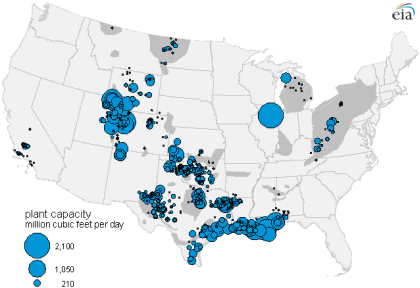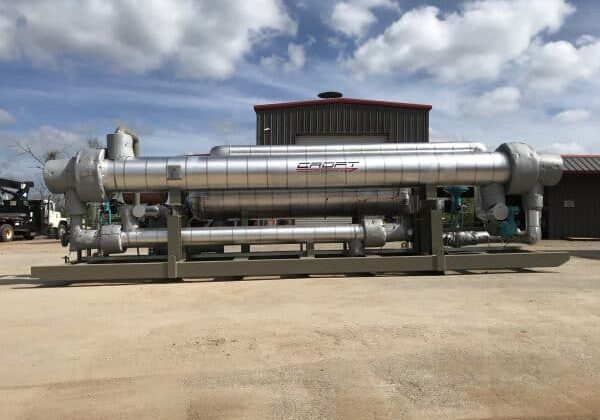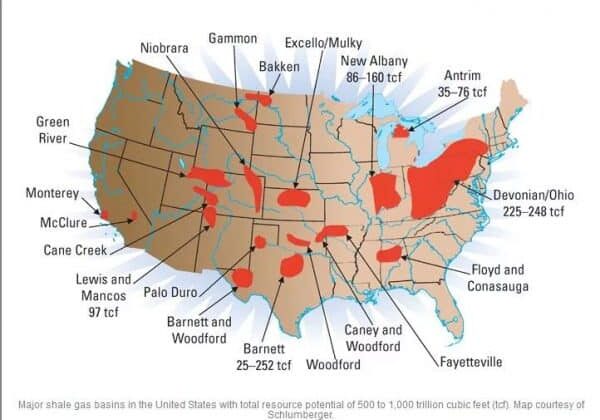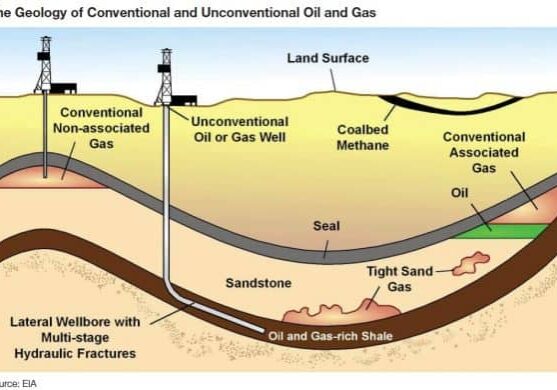When I heard a quick blurb on new radio stating that natural gas companies were going to have to report and document toxic emissions, I really listened up. I got to thinking and asked myself some questions. First off where will these reports be documented? Who would have access to them? The last thing that went through my head was, wait a minute, you mean this has not been happening all along?!
So, of course, this first week back in the office I have been glued to my computer reading articles. I wanted to see what kind of facilities will have the new requirements, what kind of toxic emissions will be documented, and where they will be documented. Finally, I was curious as to why this is just happening now.
The new requirement is coming directly from the Environmental Protection Agency or EPA. The EPA is pushing for the new rule as a response to a lawsuit that was filed by environmental and government groups. These groups sued in January of this year because they still had not received a response to a petition submitted to the EPA back in 2012 Apparently these group have been battling for decades to have natural gas producers make alerts when toxic chemicals are released. When the lawsuit was filed in January the EPA guaranteed an answer by October of this year and we have it.
The rule will require all natural gas processing plants that employ more than 10 employees to disclose any toxic emission releases. No biggie, just 551 facilities around the United States that will be effected by this. 180 of those are here in Texas. It would be WAY more if the EPA would have imposed all the requirement the lawsuit asked for. Originally the suit stated that compressor stations, pipelines, and even the well sites should be making the emissions reporting too. However the EPA denied that. The U.S. Department of Energy reported that these 500+ plants processed more that 19 trillion cubic feet of natural gas in 2014. That is a record high and a 32% increase over the past 10 years. So with those kinds of record numbers being processed I have a feeling the numbers of toxic emissions may be record breaking too. Not cool.
The map below shows ONLY natural gas processing plants as of 2012.

When this rule does get enforced, the natural gas plants will have to disclose their emissions to the Toxic Release Inventory Program or TRI. Their website states, “The TRI is a resource for learning about toxic chemical released and pollution prevention activities reported by industrial and federal facilities. TRI data supports informed decision-making by communities, government agencies, industries and others.” Basically anyone with access to the internet can go to their website and see the level of pollution where they live. The may below is a great example of some of the information the TRI provides.

I have used the phrase toxic emissions a lot. In all the articles that I read the list of chemicals below are the main ones that keep getting mentioned. Once you see what they can do, I think you will agree that having natural gas processing plants report when and how much of these are emitted it necessary. I pulled all the data below from the CDC’s website and the EPA’s website. Now, remember, these are worst-case scenarios after a lot of exposure. But still, these effects are very informative.
- Benzene– Causes cells not to work correctly. For example, it can cause bone marrow not to produce enough red blood cells, which can lead to anemia. It can damage the immune system by changing blood levels of antibodies and cause the loss of white blood cells.
- Formaldehyde- Causes nose bleeds, sore throat, coughing, and scratchy eyes. People with asthma or allergies can have even more severe reactions.
- Hexane– High-level exposure effects include dizziness, giddiness, nausea & headache. Long term exposure gives numbness in extremities, muscular weakness, and blurred vision.
- Hydrogen Sulfide– This is a mucous membrane and respiratory tract irritant. It can cause delayed pulmonary edema, nausea, headaches, delirium, tremors, convulsion, skin and eye irritation
- Xylene– Causes labored breathing, eye, nose and throat irritation, nausea, gastric discomfort, impaired reaction time and alterations to your equilibrium.
I know what you are probably thinking after reading this. Amy, why are you bashing the oil and gas industry? Personally, I don’t think I am. I love this industry. My dad is an instrument engineer, in his late 60’s, still working his tail off everyday in a refinery in Pasadena. It is an industry that has helped make the Houston area and this state the powerhouses what they currently are. With all that being said, an industry that produces a commodity that supports so many families and economies should be more responsible. The U.S. Government and your average citizen is getting tired of hearing about air, water and ocean pollution due to the oil and gas industry. If we don’t make some changes we are going to wear out our welcome. That clean energy sector that we always look down our noses at is going to have a surprising effect. So let’s be the bigger person and embrace this new requirement. I would tell gas processing companies instead of flaring gas, capture it, clean it, reuse it, just do something different that just releasing it into the air my family and and your family breathes each day.
Croft Production Systems can customize natural gas processing units that release no emissions and can help to clean, dehydrate, cool and capture natural gas and natural gas liquids.
Resources:
http://www.texastribune.org/2015/10/28/epa-require-toxic-release-reporting-gas-plants/
http://www.volcanic-heater.com/natural-gas-processing-market.php
http://www.eia.gov/todayinenergy/detail.cfm?id=8530











